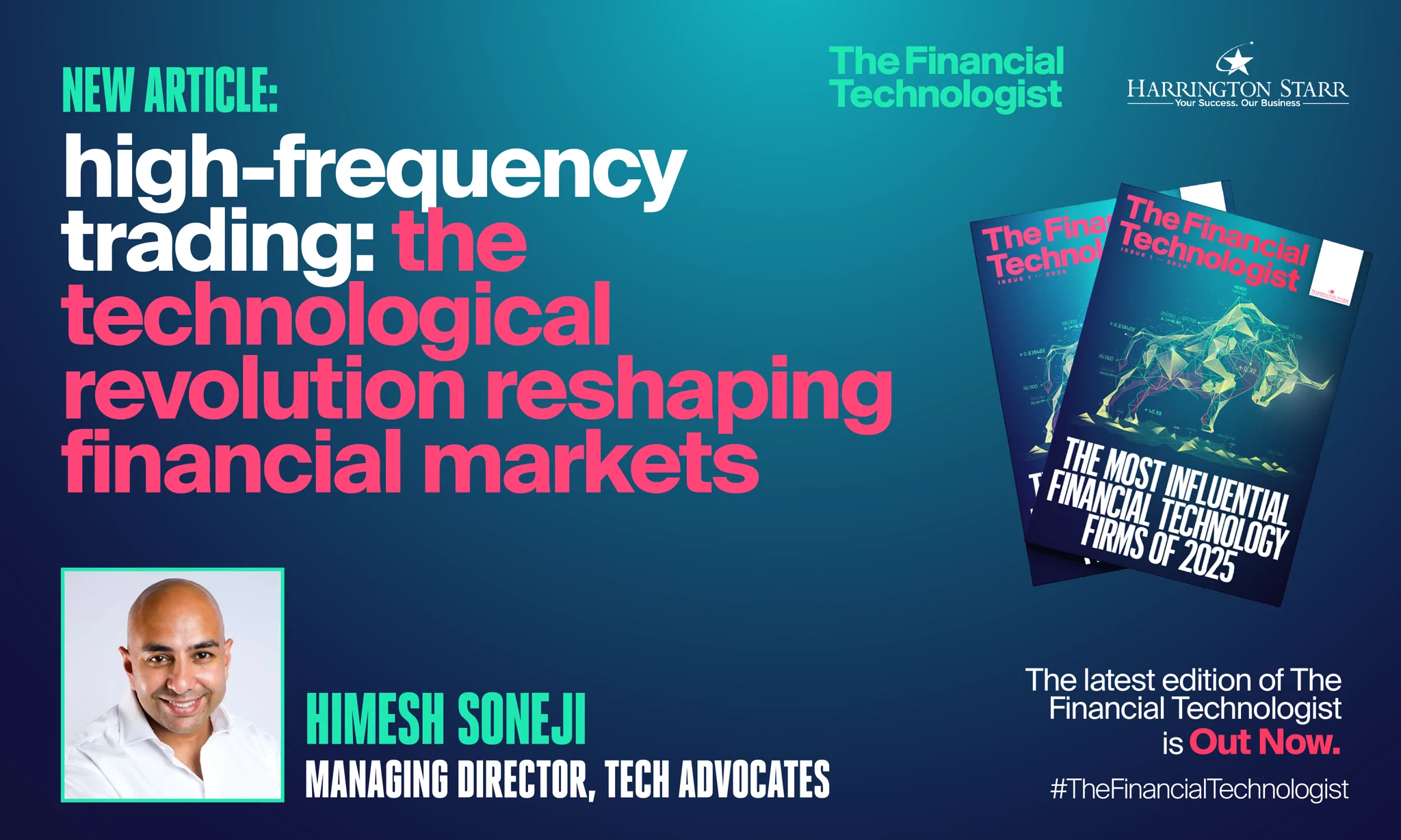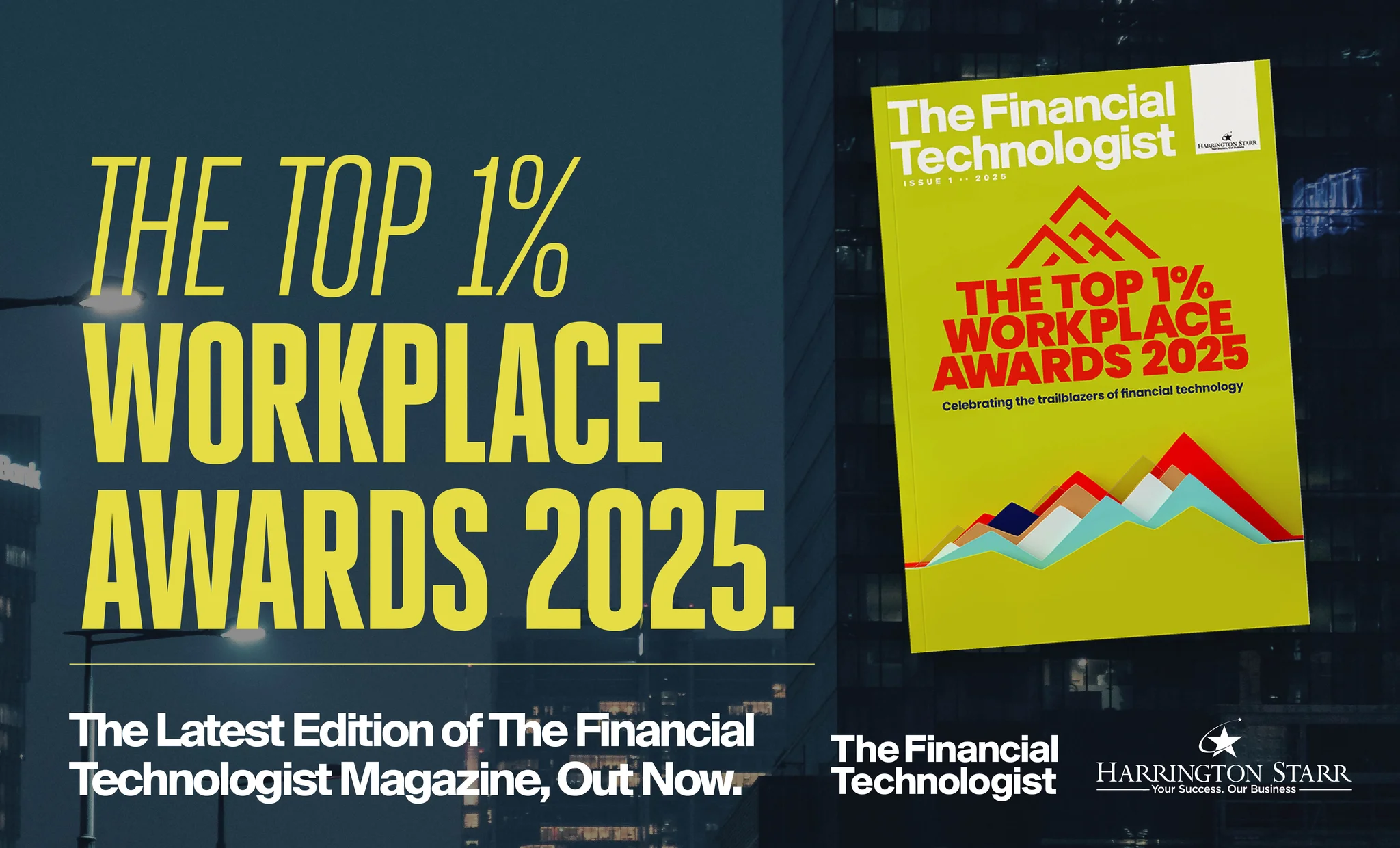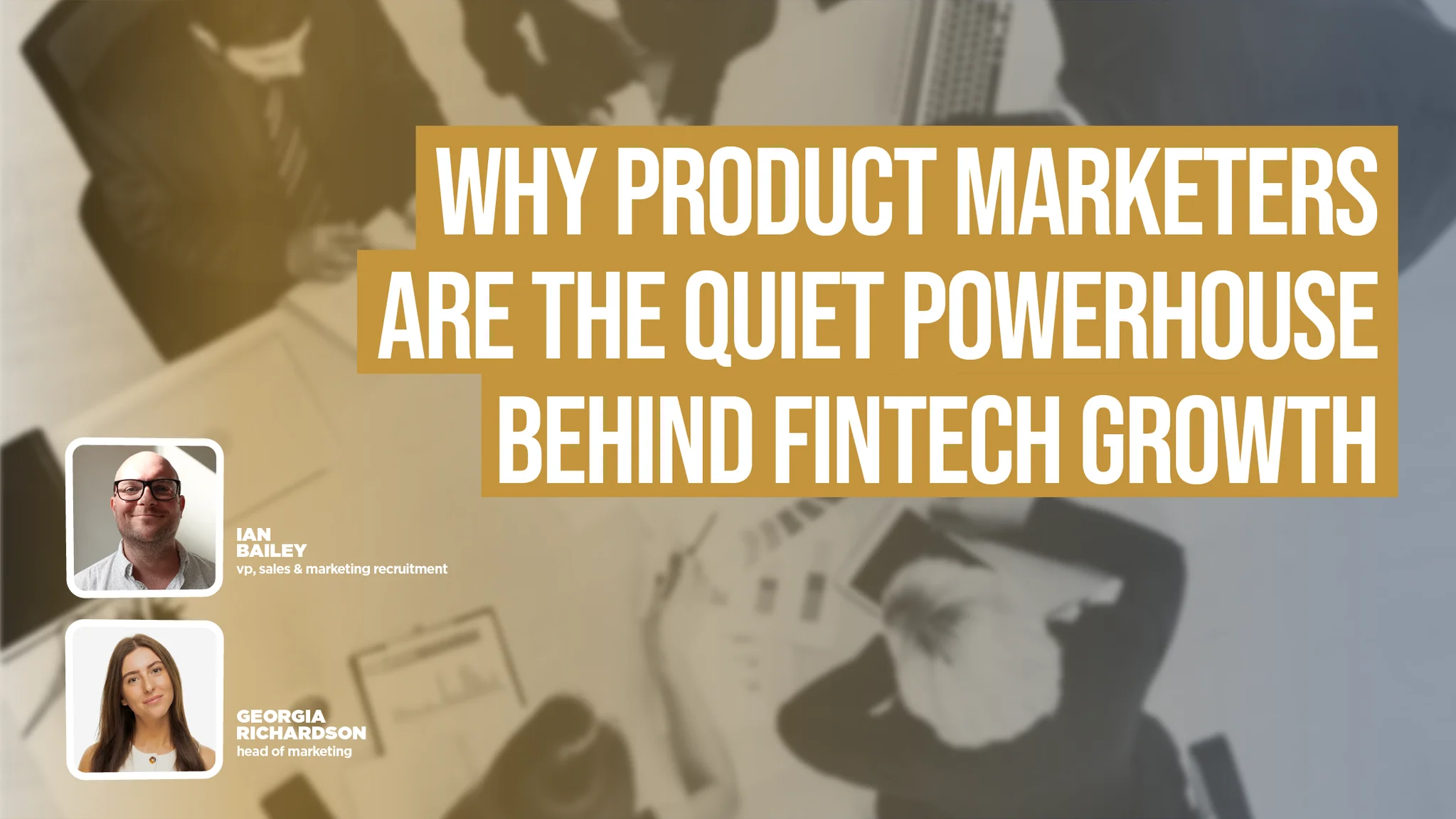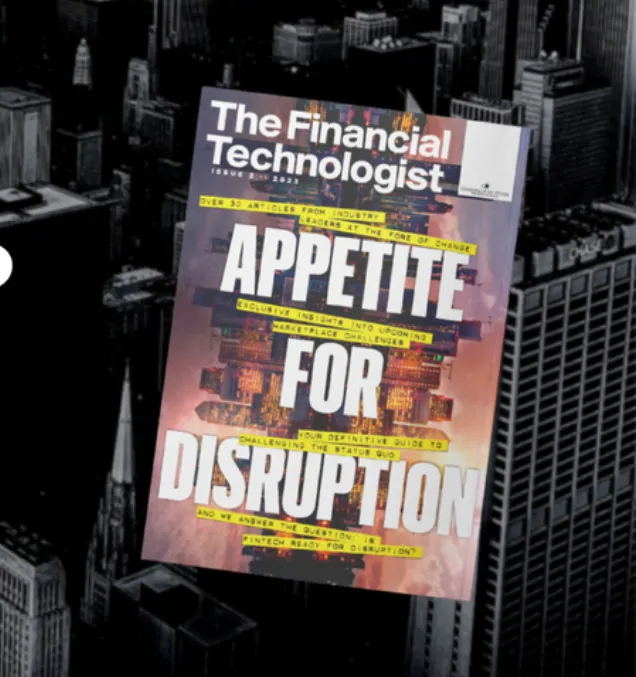Download your free copy of the latest Financial Technologist magazine here.
In the exciting world of Electronic Trading, high-frequency trading (HFT) continues to push the boundaries of technology and innovation. As we look ahead to 2025 and beyond, several key trends are emerging that promise to reshape the landscape of HFT and financial markets.
Enhanced Market Access and Reduced Latency
Co-location services continue to be a dominant trend in HFT, particularly in North America but increasingly in Europe and Asia. By placing their servers within the same data centres as exchange infrastructure, HFT firms can significantly reduce latency, which is crucial for executing trades faster.
The development of low-latency networks and direct market access systems remains a priority for firms seeking to minimise delays and maximise their chances of capturing profitable trades. Service Providers like TNS are focused on providing the lowest latency access to markets with the eco-system they have built without the significant capital outlay that was true of the early days of electronic trading. Their Layer 1 offering is one of the fastest and most globally comprehensive offerings in the market.
Hardware accelerated trading continues to grow and is being relied upon as firms optimise their code base. Blackcore Technologies who provide enterprise grade over-clocked servers for electronic trading use cases have seen a rise in demand in the last 5 years from not just the most sophisticated and largest HFTs but also from smaller trading outfits. These trading firms often use these systems to accelerate their optimised software stacks but then add FPGA cards to trade even faster.
The Rise of Artificial Intelligence and Machine Learning
One of the most significant developments in HFT technology is the integration of artificial intelligence (AI) and machine learning (ML) algorithms. These advanced systems are revolutionising the way trades are executed, and strategies are developed.
AI-powered trading systems can now analyse vast amounts of data in real-time, identifying patterns and market trends that would be impossible for human traders to detect. Machine learning models are being used to refine decision-making processes, allowing HFT firms to adapt their strategies in real time based on changing market conditions.
We have seen technology companies like Nvidia grow at an incredible rate due to the demand for Graphics Processing Units (GPUs), a key component for AI deployments. However, these are costly and power-hungry, but with the news that DeepSeek was able to deploy AI at a fraction of the cost, could that make the technology more accessible? Time will tell.
Cloud Computing and Microservices Architecture
Electronic trading systems are increasingly being designed using cloud computing and microservices architecture. This shift allows for more flexible and scalable systems that can quickly adapt to changing market conditions. By leveraging cloud infrastructure, firms can rapidly scale their operations up or down as needed, providing a significant competitive advantage.
Whilst very few firms are using cloud to locate their execution trading engine, they are in some cases utilising the scale up methodology to discover ‘alpha’ from high fidelity, accurate historical data sets provided by firms such as London Stock Exchange Group (LSEG).
Advanced Data Analytics
The increasing availability of data analytics is bolstering the electronic trading market. Advanced data analytics tools allow trading firms to extract valuable insights from vast volumes of real-time market data in microseconds. This data-driven approach enables traders to uncover patterns, trends, and correlations that were previously inaccessible, refining their algorithms and enhancing decision-making processes. Technology providers such as Sequitor Engineering are developing sophisticated simulators to test ‘what-if’ scenarios, which can include increases or decreases in latency, hypothetical actors in the market that trade a certain way, or the impact on price and buy quantities.
Quantum Computing: The Next Frontier
While still in its early stages, quantum computing represents a potential game-changer for a multitude of industries, with finance being just one of them. The unparalleled processing power of quantum computers could revolutionise complex calculations involved in trading strategies, enabling even more sophisticated algorithms.
The specific environment and setup needed for the technology are still cost-prohibitive and remain in the early stages of experimentation rather than commercial use.
Regulatory Challenges and Compliance
As HFT continues to evolve, regulatory bodies are increasing their oversight to ensure market fairness, transparency, and stability. New regulations are focusing on areas such as market manipulation, risk management, and algorithmic trading practices. As a result, HFT firms are investing in advanced solutions capable of tracking, monitoring, and reporting trades in real time to comply with these stringent regulations.
The Future of HFT Technology
Looking ahead, the HFT market is expected to grow significantly, with projections suggesting a compound annual growth rate of around 7% from 2025 to 2030. This growth will likely be driven by continued technological advancements and the increasing adoption of HFT strategies by investment banks and hedge funds.
As we move towards 2030, we can expect to see further integration of AI and ML technologies, continued experimentation with quantum computing applications, and continued improvements in network speed and data processing capabilities. These advancements will not only enhance the efficiency of HFT operations but also contribute to increased market liquidity and more efficient price discovery mechanisms.
In conclusion, the world of high-frequency trading is continuing its investment in the most innovative and optimised technologies out there, which promise to reshape financial markets in profound ways. As these trends continue to evolve, they will undoubtedly present both challenges and opportunities for traders, regulators, and market participants alike.
By Himesh Soneji, Managing Director at Tech Advocates
Download your free copy of the latest Financial Technologist magazine here.








